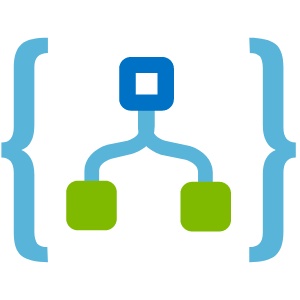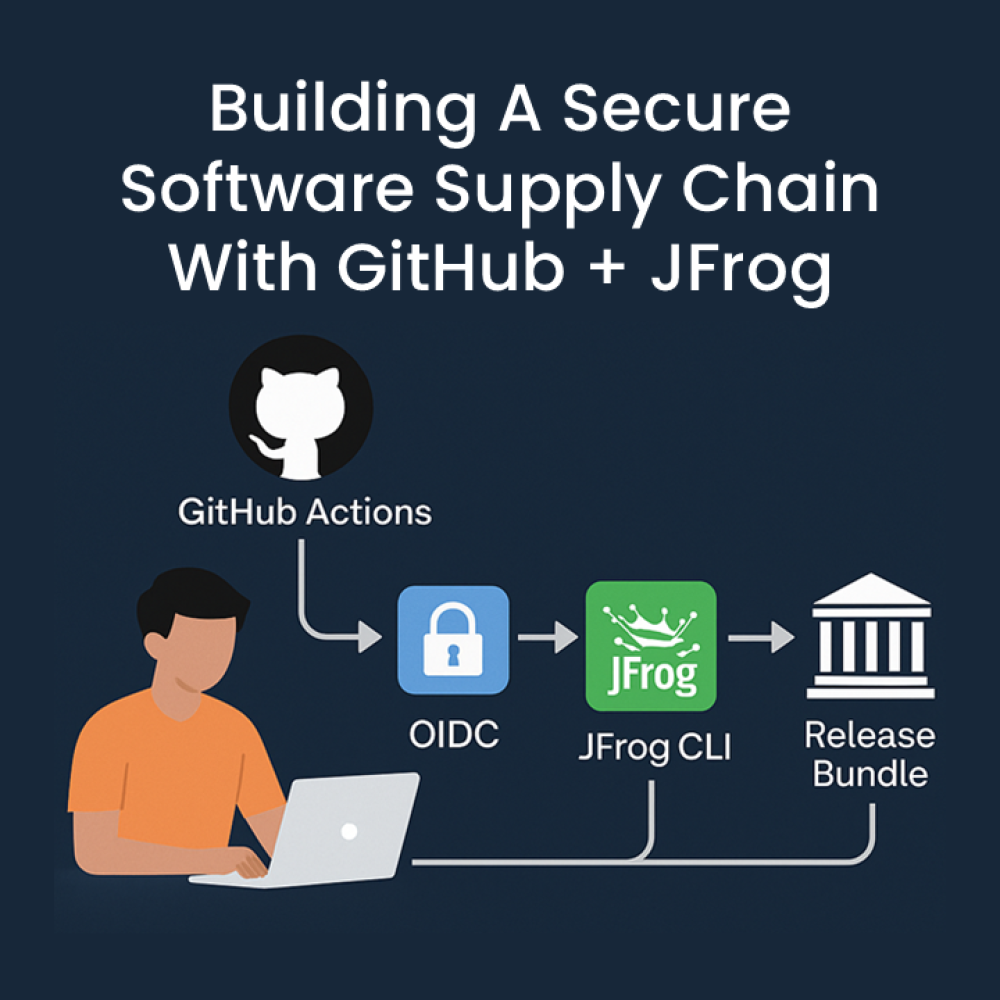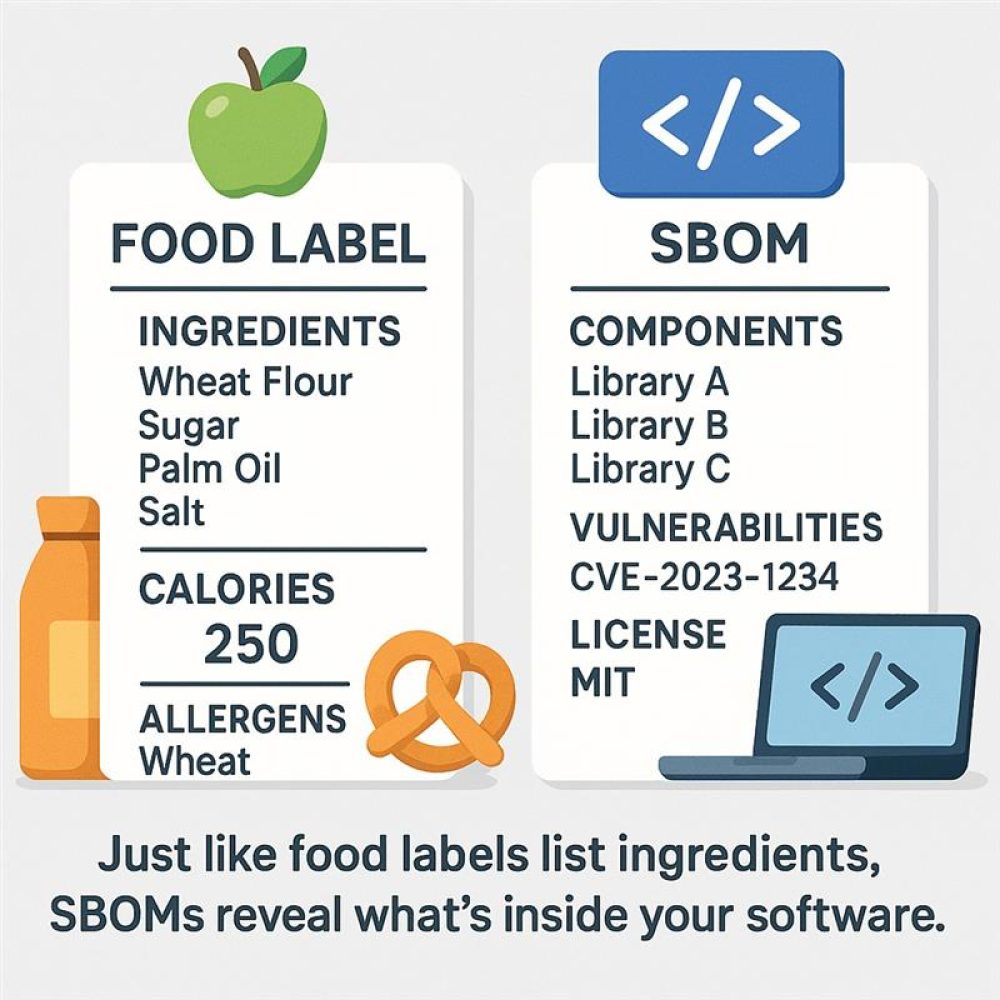In the ever-evolving realm of application development, serverless architecture has emerged as a transformative paradigm, and Azure, Microsoft’s comprehensive cloud platform, offers an ecosystem primed for constructing and deploying serverless applications that exhibit unparalleled scalability, efficiency, and cost-effectiveness.
In this insightful exploration, we will unravel the world of serverless architecture and illuminate the manifold advantages it bestows when seamlessly integrated into the Azure environment.

Understanding Serverless Architecture
The term “serverless” might be misleading, as it doesn’t negate the presence of servers; rather, it redefines the relationship developers share with server management. A serverless model empowers developers to concentrate exclusively on crafting code and outlining triggers, while the cloud provider undertakes the orchestration of infrastructure management, scaling, and resource allocation. This not only streamlines development but also nurtures an environment conducive to ingenuity and user-centric functionality.
Azure Serverless Offerings
Azure’s repertoire boasts an array of services tailored for implementing serverless architecture, among which are:
Azure Functions

Azure Functions is a serverless compute service that enables you to run event-triggered code without provisioning or managing servers. It supports various event sources, such as HTTP requests, timers, queues, and more. You only pay for the execution time of your functions.
Azure Logic Apps

Azure Logic Apps is a platform for automating workflows and integrating various services and systems. While not purely serverless (as you pay for execution and connector usage), Logic Apps provide a visual way to create and manage event-driven workflows.
Azure Event Grid

Azure Event Grid is an event routing service that simplifies the creation of reactive applications by routing events from various sources (such as Azure services or custom topics) to event handlers, including Azure Functions and Logic Apps.
Azure API Management
While not fully serverless, Azure API Management lets you expose, manage, and secure APIs. It can be integrated with serverless functions to provide API gateways and management features.
Azure App Service

Azure App Service provides a platform for building and hosting web apps and APIs without managing the infrastructure. It offers auto-scaling and supports multiple programming languages and frameworks.
Benefits of Serverless Architecture on Azure
-
- Cost Efficiency: The allure of serverless architecture on Azure lies in its cost-efficiency. You pay exclusively for the resources consumed during code execution, bidding farewell to the necessity of provisioning and maintaining servers. This pay-as-you-go model translates to significant financial savings.
-
- Auto Scaling: Azure’s serverless services exhibit a remarkable trait: autonomous scaling. Resource allocation adjusts dynamically based on demand, be it surging traffic or tranquil periods. This self-adjusting nature guarantees impeccable performance and minimizes wastage.
-
- Accelerated Time-to-Market: A significant advantage of serverless architecture on Azure lies in its potential to expedite development. Shedding the burdens of infrastructure management, developers are unshackled to focus on crafting code and functionality. The upshot? Expedited time-to-market for your applications.
-
- Intelligent Integration: Azure Logic Apps unveil a world of possibilities through their seamless integration with a diverse array of services and applications. This remarkable versatility empowers developers to tailor workflows precisely to align with intricate business requirements.
-
- Precise Alignment with Event Driven Scenarios: An inherent strength of serverless architecture is its adeptness in event-driven scenarios. From real-time data processing to IoT applications and responsive actions triggered by external systems, the serverless architecture excels in these dynamic contexts.
Conclusion:
Azure’s serverless architecture offers unlimited possibilities for modernized application development, marked by efficiency, scalability, and responsiveness while liberating developers from infrastructure management intricacies.
Azure’s serverless computing will definitely unlock the potential of your cloud-native applications. The future of innovation beckons, and it is resolutely serverless.


